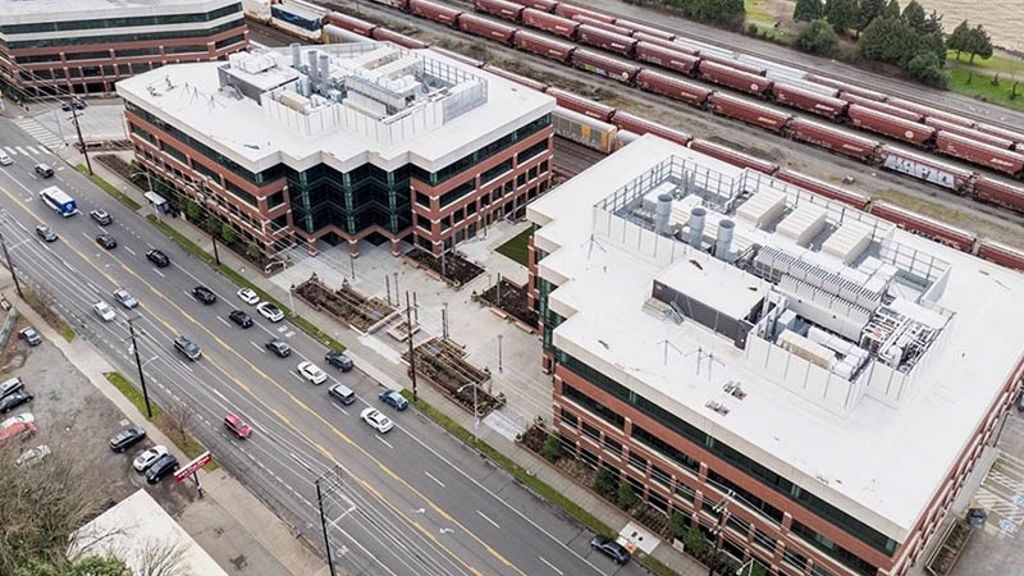Explore
Discover more of our expertise:
Experts
To discuss a project, contact our team today:

Steve Fernandez
Global and UKIMEA Building Retrofit Leader
Steve is a Director and leads Arup’s civil and structural team in the Midlands, as well as acting as our Global and UKIMEA Leader for Building Retrofit. He has more than 20 years’ experience leading and delivering a broad range of projects locally, nationally and internationally, from the UK, to the Middle East, South Africa and Russia.

Ian Buckley
Americas Buildings Retrofit Leader
Ian is the Global Buildings Retrofit Leader with additional responsibilities for leading the service in the Americas.

Kabi Subramaniam
Australasia Building Retrofit Leader
Kabi leads the Asset Services team in Arup’s Singapore office, as well as acting as our Australasia Building Retrofit Leader.

Daniela Azzaro
Europe Building Retrofit Leader
Daniela is Arup's Europe Building Retofit Leader. She has working as a lead design engineer and project manager within Arup for almost 20 years, and has ove 10 years experience working on rennovation projects.

Bob Lau
East Asia Building Retrofit Leader
Bob is the Arup East Asia Leader of the Building Retrofit and Environmental Services Skill network.















